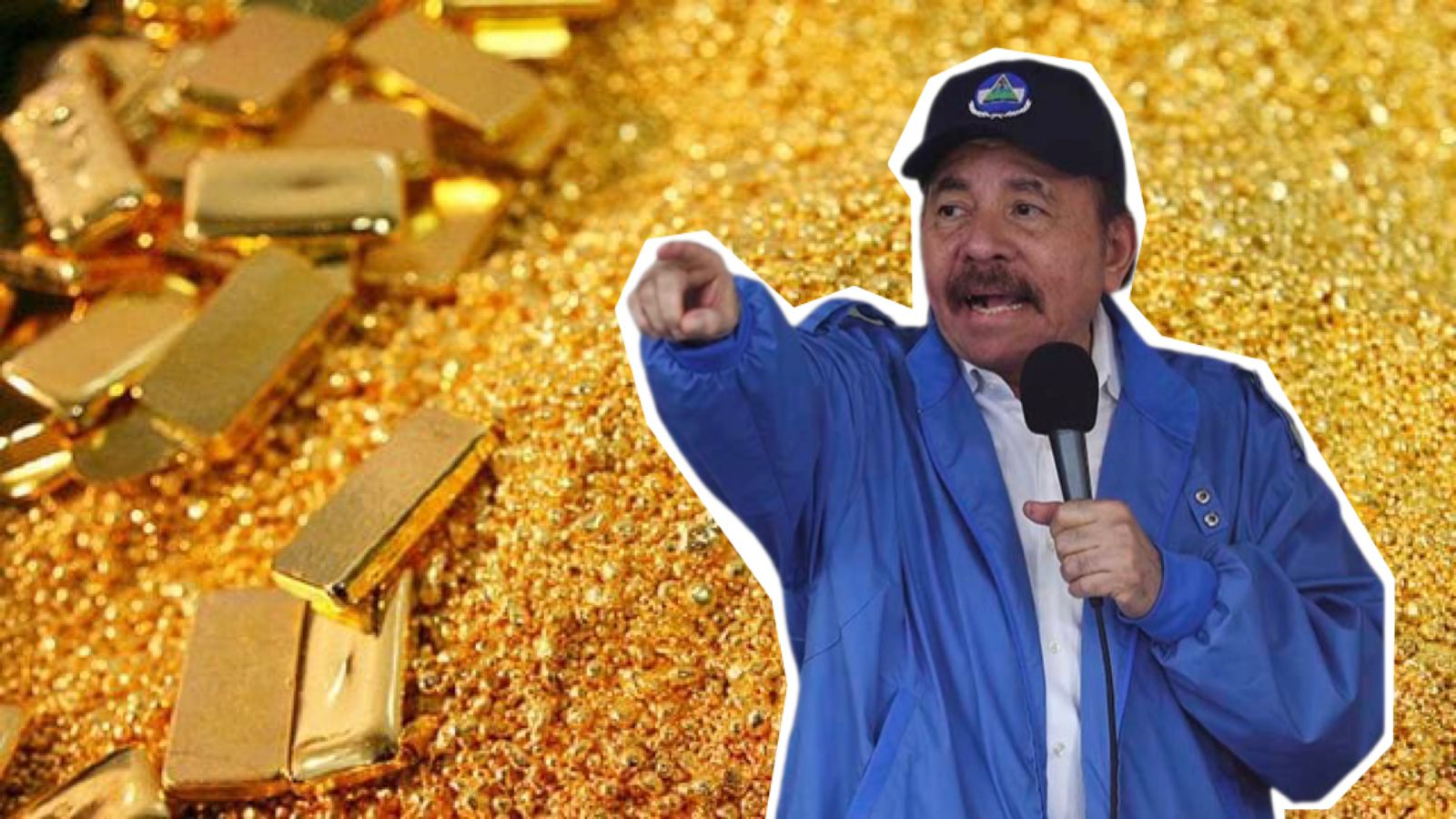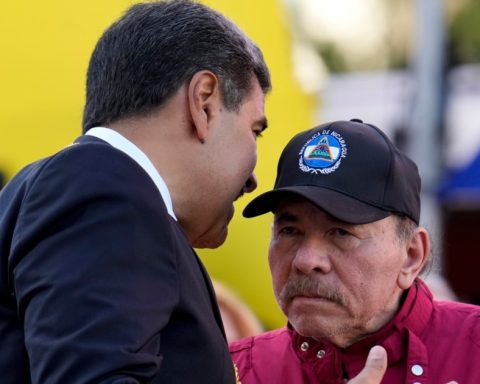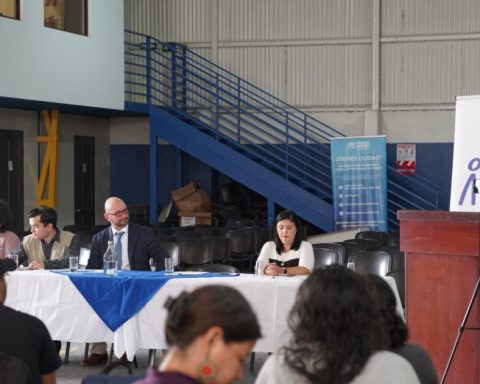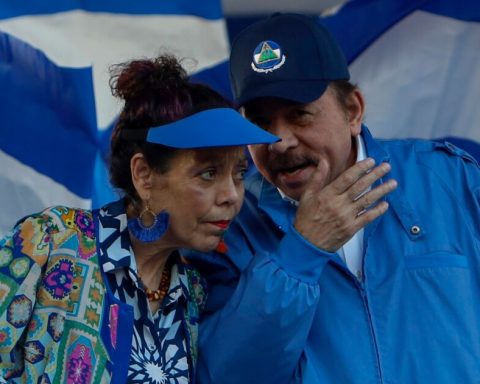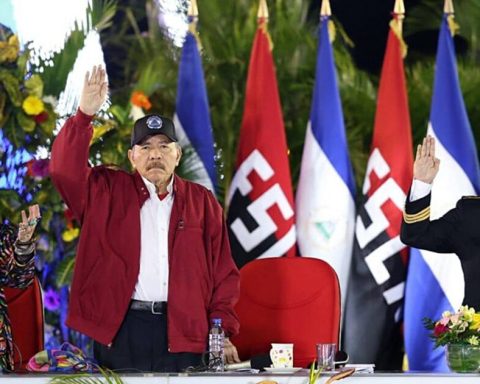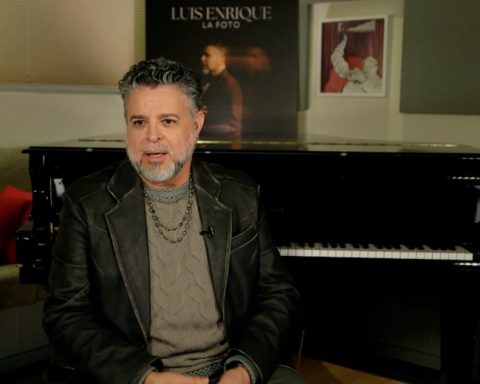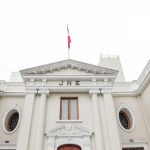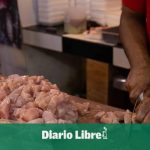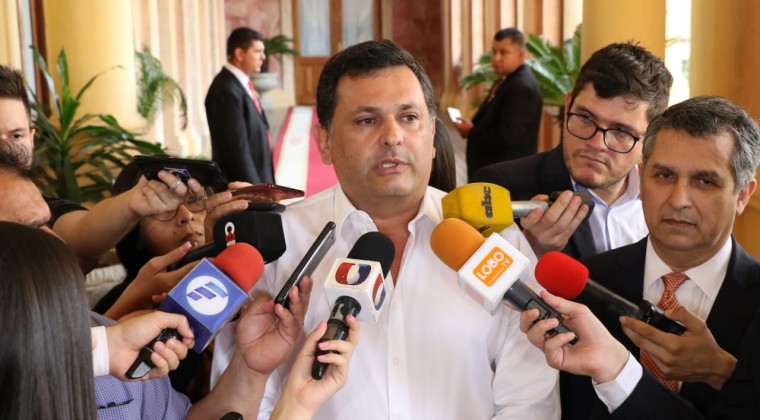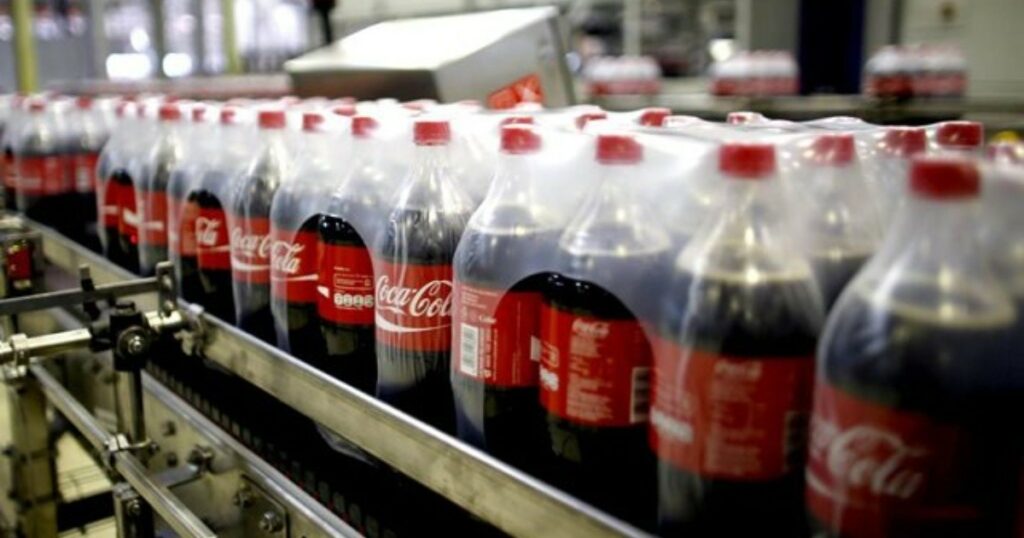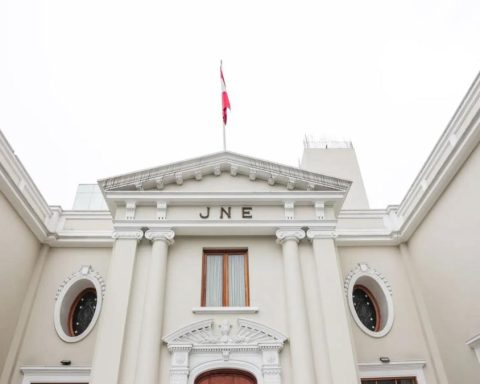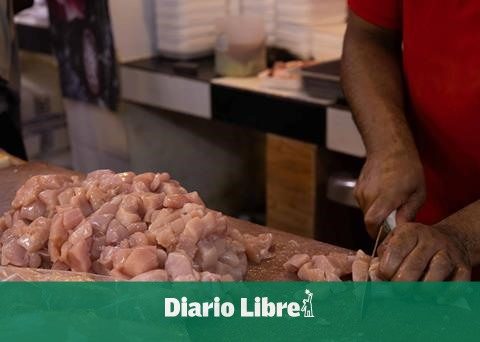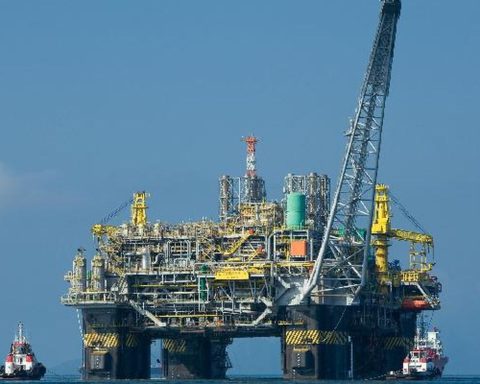Gold is Nicaragua’s main export product. In recent years, it has gained value in the international market and the country has established itself as the main exporter in Central America. As a result of the pandemic, since 2019-2020, the price of an ounce of gold has increased significantly to reach 500 dollars.
In 2020, foreign sales of crude gold in Nicaragua reported 665.9 million dollars, an increase of 33.60 percent, displacing beef and coffee, the country’s main export products. According to statistics from the Center for Export Procedures (Cetrex), gold shipments amounted to 807 million dollars in the period January-November 2021, 34.6% higher than two years ago.
In 2021, the shipment of that metal from Nicaragua to the United States rose by thirty percent, totaling more than $744 million. These exports represented 79% of all gold shipments from Nicaragua during the year.
Related news: The US set its sanctions on Eniminas for an increase in gold exports
This exponential increase in gold exports led the Joe Biden administration to sanction in June of this year, just four months ago, the state-owned Nicaraguan Mining Company (Eniminas), a company created in 2017 to increase the participation of the regime in the gold business through joint ventures with the private sector.
The sanctions came because “the value of Nicaragua’s gold exports has increased dramatically in recent years, boosting the profits of its allies in the private sector and increasing the income of Eniminas, which is managed by important figures in the ruling party.”
To evade US sanctions, the regime ordered the General Directorate of Mines (DGM), an office that reports to the Ministry of Energy and Mines (MEM), to manage most of the mining operations in the country on behalf of the dictatorship of Nicaragua. The US Treasury applied this Monday, October 24, sanctions against the DGM because it is an “important piece” in gold transactions in the Central American country.
“Ortega and his cronies continue to use the profits from the production and sale of gold to line their own pockets and pay those who keep the regime in power,” explains the US Treasury.
The US institution emphasizes that the Ortega Murillo dictatorship uses that economic power generated by gold exports to “intimidate and imprison those who denounce the corruption of the regime and to sow instability throughout the world, even supporting a greater invasion of Ukraine by From Russia”. This sanction aims to “cut off the ability of the Ortega Murillo regime to use gold profits to oppress the Nicaraguan people.”
The US president signed this Monday, October 24, an amendment to Executive Order 13851 to “hold responsibility” for the dictatorship for its “attacks on freedom of expression and assembly.” The extension of the authority of the US Treasury empowers it to apply blockades to people who do or did business with the mining sector in Nicaragua, but this will not be the only item that will be affected by this new decision of the United States Government.
Another reason why the sanction was applied to the DGM is that it was under the control of Salvador Mansell, head of the Ministry of Energy and Mines (MEM) who was sanctioned by the North American country on November 15, 2021.
In Nicaragua, mining operations occupy 8.3% of the national territory, that is, 9,833.26 square kilometers until the year 2020 with 274 concessions, according to official statistics from the MEM. Another 116 concessions have been requested for the exploitation of 16.11% of the national territory, equivalent to 19,175.98 square kilometers of surface. Official figures indicate that 48,391.59 square kilometers of the national territory are suitable for mining activity, that is, 40.66% of the country.
Income from extraction rights and surface mining rights in Nicaragua left the country, between 2007 and 2020, a total of 4 thousand 531 million 651 thousand 785.45 córdobas. In 2020 alone, income was received in the order of 671 million 160 thousand 726.17 córdobas. This amount was divided as follows: 35% in transfers to the municipalities, 31% to the National Treasury (Ministry of Finance), 15% to the Mining Development and Promotion Fund, 10% to the Mining Surveillance and Supervision Fund, and 9% to the Atlantic Regional Councils.
